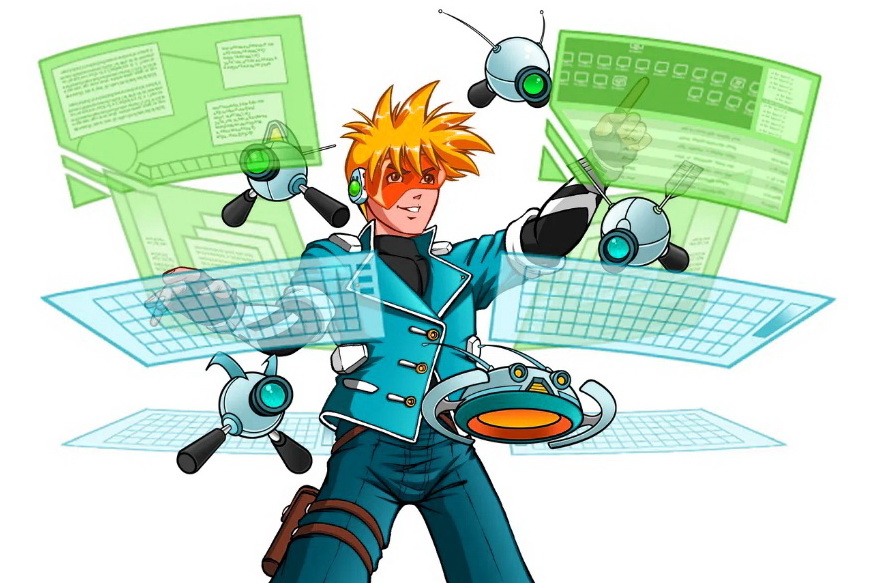
While skilled C programmers can do more with the Artifact Kit, it’s quite feasible for an adventurous non-programmer to work with the Artifact Kit too.

You’re encouraged to modify the Artifact Kit and its techniques to make it meet your needs. See the Arsenal Kit README.md file for information on building the kits. The Arsenal Kit includes the Artifact kit, which can be built with other kits or as a stand alone kit. You can also access the Arsenal directly at: įortra distributes the Arsenal Kit as a.
#COBALT STRIKE NAMED PIPE DETECTION DOWNLOAD#
Go to Help -> Arsenal from a licensed Cobalt Strike to download the Arsenal Kit. Try to find a known good program (e.g., powershell) that will get your payload stager into memory. Treat these situations the same way you would treat application whitelisting. You’re up against a different kind of defense and will need to work around it accordingly. The point: no amount of “obfuscation” is going to help you in this situation. It depends on the product and its settings. Others treat unknown executables and DLLs as malicious. Some of these products automatically send unknown executables and DLLs to the vendor for further analysis and warn the users. There the vendor makes a determination if the executable or DLL is known good or an unknown, never before seen, executable or DLL. Some anti-virus products call home to the anti-virus vendor’s servers. If you want to get the most from the Artifact Kit, you will use one of its techniques as a base to build your own Artifact Kit implementation.Įven that isn’t enough though. This started to happen, over time, with the default bypass technique in Cobalt Strike 2.5 and below. If an anti-virus vendor writes signatures for the Artifact Kit technique you use, then theĮxecutables and DLLs it creates will get caught. Of course it’s possible for anti-virus products to defeat specific implementations of the Artifact Kit. If an anti-virus sandbox does not emulate named pipes, it will not find the known bad shellcode.

One of the techniques generates executables and DLLs that serve shellcode to themselves over a named pipe. The Artifact Kit is a collection of executable and DLL templates that rely on some behavior that anti-virus product’s do not emulate to recover shellcode located inside of the binary. There are system behaviors the anti-virus sandbox does not emulate. This technique defeats many encoders and packers that try to hide known bad from signature-based anti-virus products.Ĭobalt Strike’s counter to this is simple. If known bad shows up, the anti-virus product flags the executable or DLL as malicious. With each emulated step of execution, the anti-virus product checks for known bad in the emulated process space. These anti-virus products simulate execution of an executable in a virtual sandbox. Many anti-virus products go a step further. This obfuscation process defeats anti-virus products that use a simple string search to identify malicious code. To defeat this detection, it’s common for an attacker to obfuscate the shellcode in some way and place it in the binary.

If we embed our known bad shellcode into an executable, an anti-virus product will recognize the shellcode and flag the executable as malicious. Traditional anti-virus products use signatures to identify known bad.
#COBALT STRIKE NAMED PIPE DETECTION CODE#
The Artifact Kit is part of the Arsenal Kit, which contains a collection of kits-a source code framework to build executables and DLLs that evade some anti-virus products. Cobalt Strike uses the Artifact Kit to generate its executables and DLLs.


 0 kommentar(er)
0 kommentar(er)
